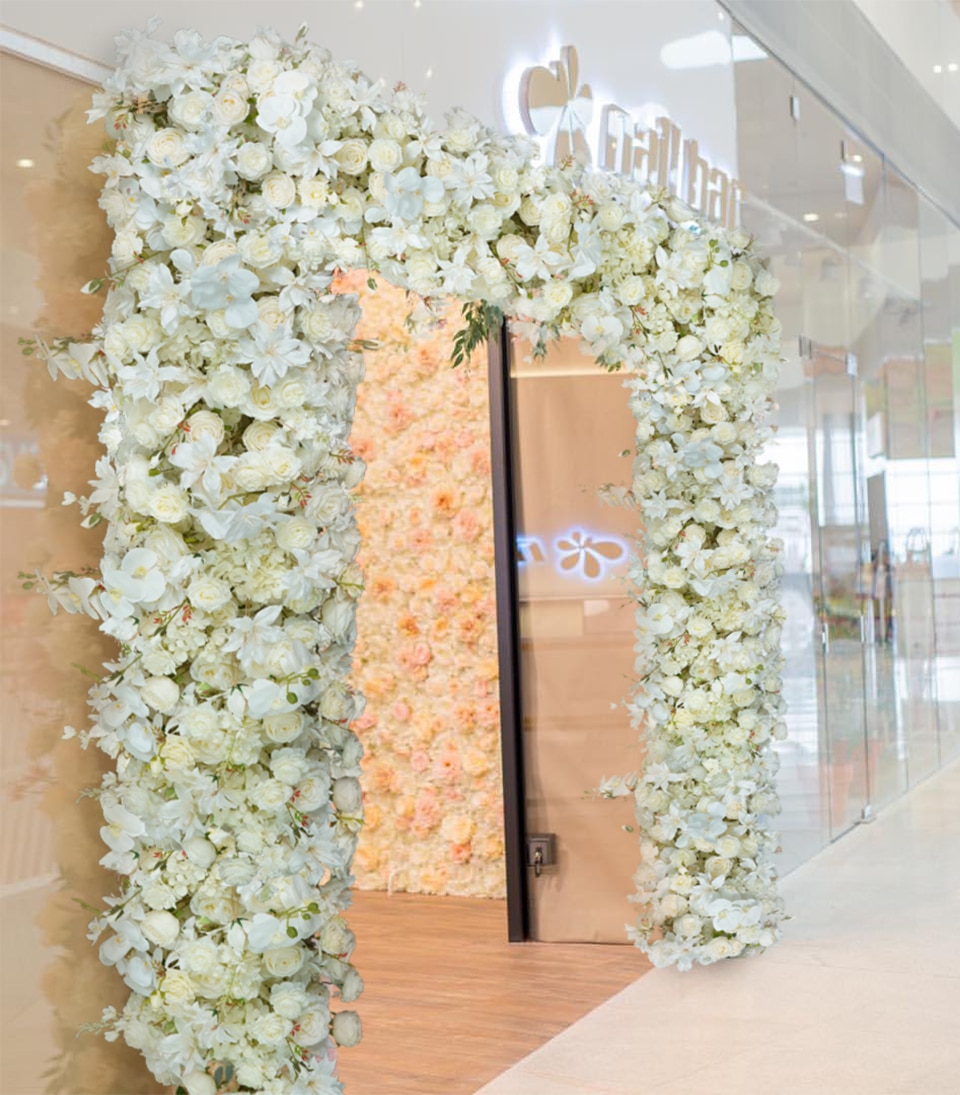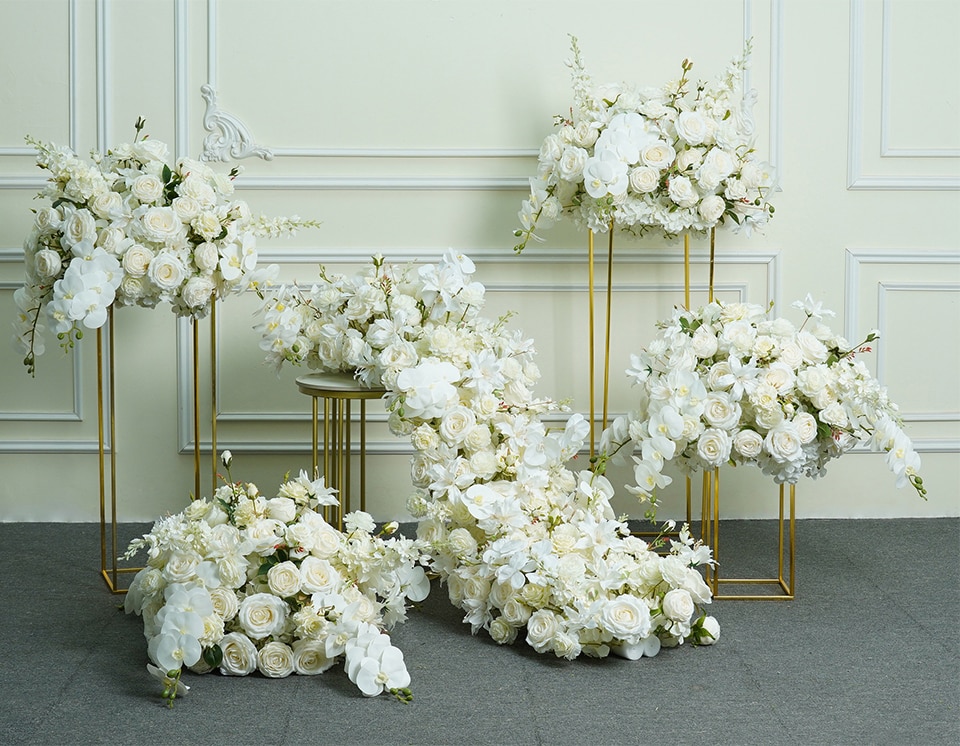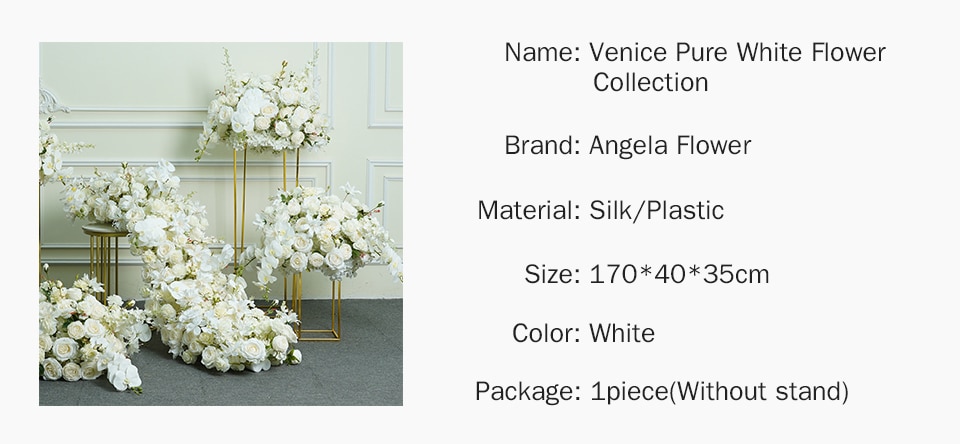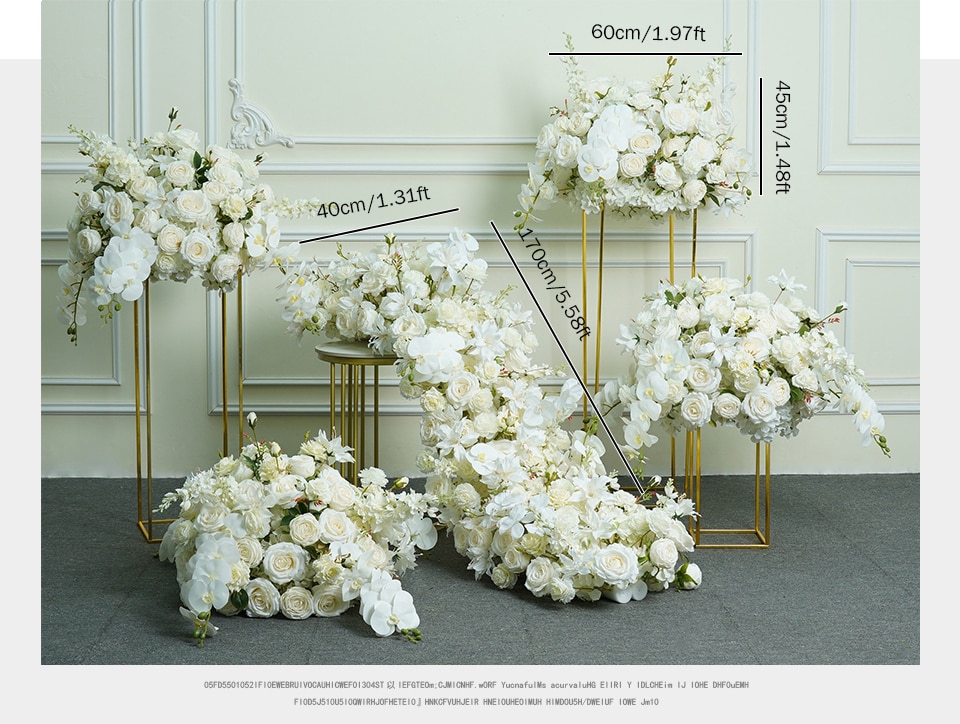how do you make table runner?
To make a table runner, you will need fabric of your choice, a sewing machine or needle and thread, scissors, and measuring tape. Start by measuring the length and width of your table to determine the size of the runner. Add a few inches to each measurement for seam allowances. Cut the fabric to the desired size, making sure it is long enough to hang over the edges of the table. Fold and press the edges of the fabric to create a clean hem. Sew the hem using a sewing machine or by hand stitching. You can also add decorative elements like trim or embroidery if desired. Once the hem is complete, your table runner is ready to be placed on the table for a stylish and functional touch.
1、 Choosing the right fabric for your table runner
Choosing the right fabric for your table runner is an essential step in creating a beautiful and functional piece for your dining table. The fabric you choose will not only determine the overall look and feel of the runner but also its durability and ease of maintenance.
When selecting fabric for a table runner, consider the style and theme of your dining area. If you have a more formal setting, opt for luxurious fabrics like silk or velvet. These fabrics add an elegant touch and create a sophisticated ambiance. On the other hand, if you prefer a more casual and relaxed atmosphere, cotton or linen fabrics are excellent choices. They are durable, easy to clean, and come in a wide range of colors and patterns to suit any decor.
Another important factor to consider is the size and shape of your table. If you have a long rectangular table, a table runner made from a continuous piece of fabric would be ideal. However, if you have a round or square table, you may want to consider using multiple fabric panels to create a layered effect.
Additionally, consider the practicality of the fabric. If you anticipate frequent spills or stains, choose a fabric that is stain-resistant or can be easily washed. Some fabrics, like polyester blends, are known for their durability and resistance to wrinkles, making them a practical choice for a table runner.
Lastly, keep in mind the latest trends and styles in home decor. Currently, there is a growing interest in eco-friendly and sustainable fabrics. Consider using organic cotton or linen, which are not only environmentally friendly but also offer a natural and rustic look.
In conclusion, choosing the right fabric for your table runner involves considering the style of your dining area, the size and shape of your table, the practicality of the fabric, and the latest trends in home decor. By taking these factors into account, you can create a table runner that not only enhances the aesthetic appeal of your dining table but also meets your functional needs.

2、 Measuring and cutting the fabric to the desired size
To make a table runner, you will need to follow a few simple steps. The first step is to measure and cut the fabric to the desired size. This can be done by measuring the length and width of your table and adding a few inches on each side for overhang. This will ensure that the runner fits nicely on the table and hangs down on the sides.
Once you have measured and cut the fabric, you can move on to the next step, which is hemming the edges. Hemming the edges will give the runner a clean and finished look. You can use a sewing machine or hand stitch the edges, depending on your preference and skill level.
After hemming the edges, you can add any additional embellishments or decorations to the runner. This could include embroidery, appliques, or even fabric paint. Adding these extra touches can personalize the runner and make it unique to your style and taste.
Finally, once all the steps are completed, you can place the table runner on your table and enjoy the beautiful and decorative touch it adds to your space.
In today's modern world, there are also alternative methods to making a table runner. For those who are not skilled in sewing or prefer a quicker option, there are pre-made table runners available for purchase. These runners come in a variety of designs, colors, and sizes, making it easy to find one that suits your needs. Additionally, there are also no-sew options available, such as using fabric glue or iron-on hem tape to create a finished edge. These alternatives provide convenience and accessibility for those who may not have the time or skills to sew a table runner from scratch.

3、 Hemming the edges for a clean finish
To make a table runner, one of the essential steps is hemming the edges for a clean finish. Hemming not only gives a polished look to the runner but also prevents fraying of the fabric. Here's a step-by-step guide on how to hem the edges of a table runner:
1. Measure and cut the fabric: Determine the desired length and width of your table runner. Add an extra inch to each side for the hem. Use a ruler and fabric scissors to cut the fabric accordingly.
2. Iron the fabric: Before hemming, it's important to iron the fabric to remove any wrinkles or creases. This will make it easier to work with and ensure a neat finish.
3. Fold and press the edges: Fold the fabric over by half an inch on each side and press it with an iron. This will create a clean edge and make it easier to sew.
4. Fold and press again: Fold the fabric over one more time, this time by one inch, to enclose the raw edge. Press it with an iron to create a crisp fold.
5. Pin the hem: Use straight pins to secure the folded hem in place. This will prevent it from shifting while sewing.
6. Sew the hem: Using a sewing machine or a needle and thread, sew a straight stitch along the folded edge of the fabric. Make sure to remove the pins as you go.
7. Trim any excess fabric: Once the hem is sewn, trim any excess fabric close to the stitching line. Be careful not to cut the stitches.
8. Press the finished hem: Finally, give the table runner a final press with an iron to set the stitches and create a smooth, finished look.
It's worth noting that the latest point of view on hemming a table runner may include using decorative stitches or adding embellishments like lace or trim to enhance the design. Additionally, some crafters may opt for a no-sew approach by using fabric glue or iron-on hem tape for a quick and easy finish.

4、 Adding decorative elements such as trim or embroidery
To make a table runner, there are several steps involved, and one of the ways to enhance its appearance is by adding decorative elements such as trim or embroidery.
First, you will need to choose the fabric for your table runner. Consider the size of your table and the overall theme or color scheme of your dining area. Once you have selected the fabric, measure and cut it to the desired length and width.
Next, you can add decorative elements to the edges of the table runner. One option is to sew on a trim, such as lace or ribbon, to give it a more elegant and finished look. Another option is to add embroidery along the edges, using colorful thread and various stitches to create intricate patterns or designs. This can add a personal touch and make your table runner truly unique.
In recent years, there has been a growing trend towards incorporating natural elements into home decor. You can consider adding natural trimmings, such as dried flowers or leaves, to your table runner. This can create a rustic or bohemian look, bringing a touch of nature to your dining table.
Additionally, you can experiment with different fabrics and textures to create a visually interesting table runner. Mixing and matching fabrics, such as combining a smooth satin with a textured burlap, can add depth and dimension to your table runner.
Overall, adding decorative elements such as trim or embroidery can elevate the look of a table runner and make it a focal point of your dining area. Get creative and have fun with your design choices to create a table runner that reflects your personal style and enhances your dining experience.








































Leave your comment